Video summary
William secured control over England after defeating Harold at Hastings.
It is one thing to win a battle, but something completely different to take control over a whole country, but William managed to do so, by force as well as by wealth.
The Domesday Survey, completed in 1086, shows just how completely the Normans were in control, with Anglo-Saxons retaining ownership of a mere 5% of the land - the rest belonging to the King, his Barons and the Church.
Teacher Notes
Key Stage 3:
Students could use the evidence from this film to draw a labeled diagram of a Norman 'motte and bailey' castle. They could then discuss why William built so many castles? How did castle design change during William's reign?
Key Stage 4:
Student could investigate the significance of the Domesday Book to the English, and to King William and then look at how secure William's control was of England by Christmas Day 1066, and by 1086?
This clip will be relevant for teaching History in secondary schools in the UK. This topic appears in OCR, Edexcel, AQA, WJEC KS4/GCSE in England and Wales, CCEA GCSE in Northern Ireland and SQA National 4/5 in Scotland.
1066: The claimants to the throne (1/6) video
Edward the Confessor died in January 1066 without a son or heir. Who would be chosen to be king?
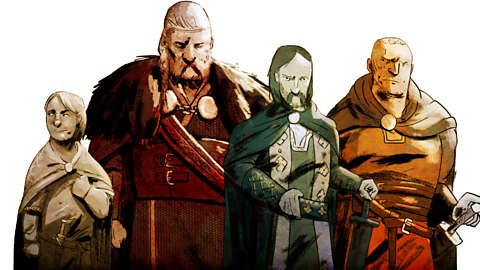
1066: The Battle of Fulford (2/6) video
In the first major battle of 1066, the Viking king of Norway, and Harold Godwinson's own brother Tostig, invade the north of England.
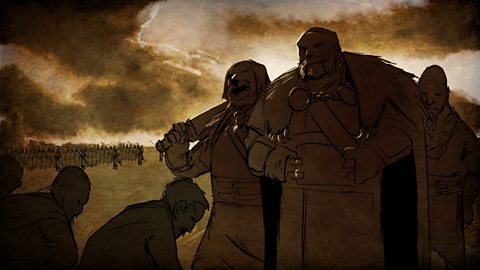
1066: The Battle of Stamford Bridge (3/6) video
The Battle of Stamford Bridge was the second major battle in the fight for the throne in 1066 and two of the four contenders were killed.
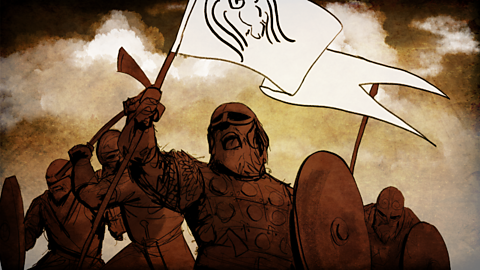
1066: The Battle of Hastings (4/6) video
William of Normandy arrives in Sussex for the decisive battle of the Norman Conquest.
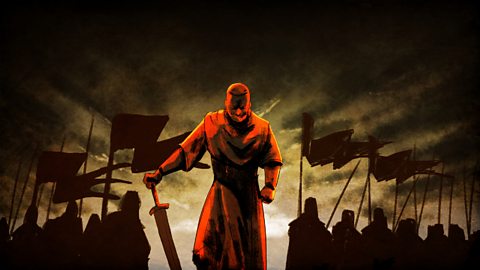
1066: Revolt and resistance (6/6) video
How did the Anglo-Saxons resist Norman rule after 1066?
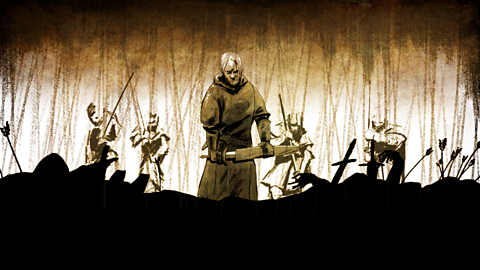
Ěý